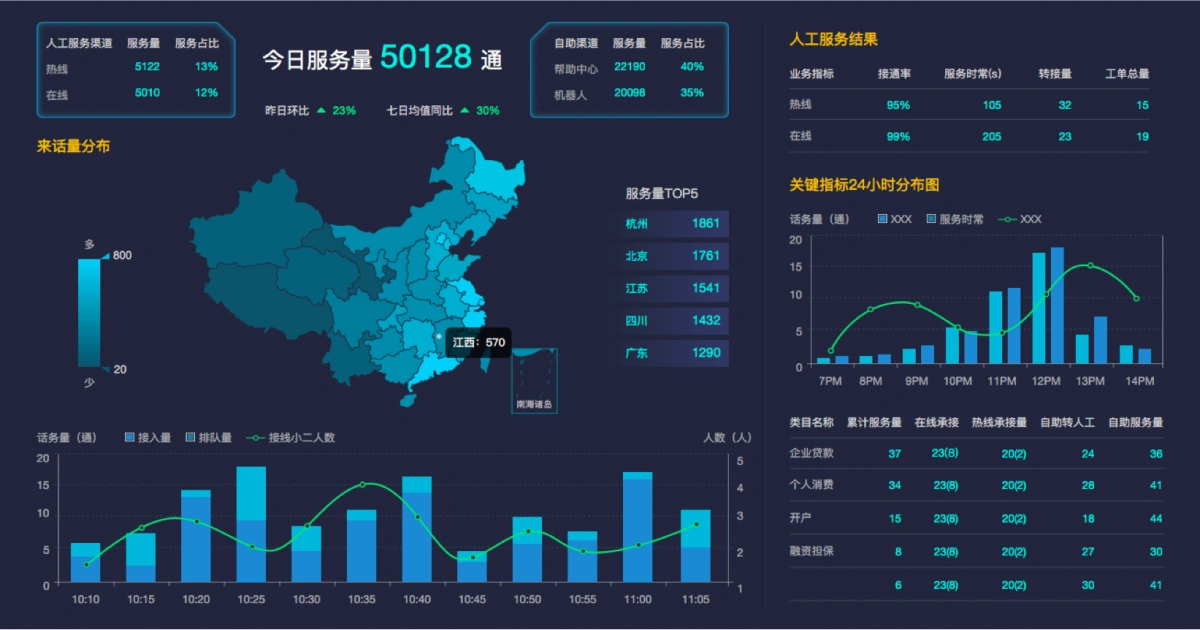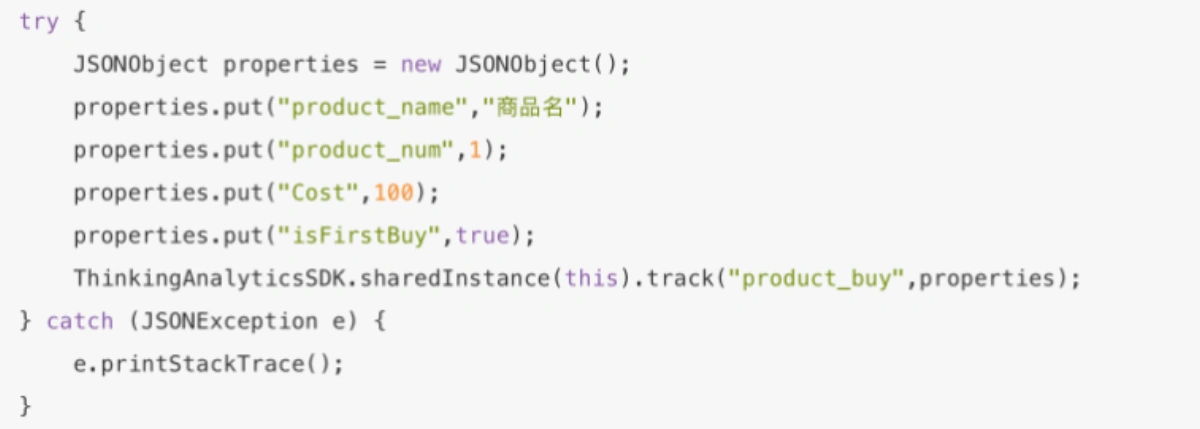Chinese tech companies like ByteDance and Tencent are setting up engineering offices outside China. Local hires in these global offices are becoming a norm.
These locally hired engineers typically have limited Chinese language proficiency. It is a challenge for them to understand the Chinese tech terms used in their daily work, and to communicate with their Chinese colleagues.
Here are 5 common Chinese tech terms, along with explanations and examples of usage in a sentence.
Huidu
灰度 huī dù

Huidu is a widely used Chinese technical term in companies like Tencent and Alibaba. Huidu means rolling out experimental new features to a small subset of users for testing.
The implication of huidu is that the new feature may be launched officially (at a later date), or scrapped if it did not have the desired outcome.
Huidu in English
The literal translation of huidu is “grayscale”, “gray release” or “grayscale release”. Intuitively, huidu (grayscale) represents the transition between black and white (from 0% to 100%).
Note that huidu can be used to describe product features, functionalities, or code deployment.
When describing a product feature, the close equivalent would be beta release or phased rollout in English.
When used for describe code deployment, canary release is also an accurate translation.
Examples of huidu in a sentence
-
WeChat is huidu testing a new feature that allows users to register an additional WeChat account with an existing phone number.
-
Lenovo started huiduing new version of operating system for its tablets.
Lunzi
轮子 lún zi

Lunzi describes tools, libraries or frameworks that have been invented or reinvented multiple times.
Typically it is used for new things that are created to solve a specific problem, but bear resemblance to something existing.
Lunzi in English
The literal translation for lunzi is “wheel”, and the origin of the word is likely from the English phrase “reinvent the wheel”.
Despite the apparent origin from English, lunzi as a word has no equivalent translation in English.
The literal translation “wheel” might be the best candidate.
Example of lunzi in a sentence
-
Engineers need create lunzi to fulfill KPIs or get promoted.
-
Lunzi created by others do not fulfil our specific needs.
Chendian
沉淀 chén diàn

Chendian is not a technical term, but it is commonly used in Chinese tech companies. It means consolidating learnings from past experience.
It also implies coming up with a systematic solution to a recurring problem. The solution can be a new tool, new platform, or a standardized procedure that can be reused.
Chendian in English
The literal translation for chendian is “chemical precipitation”, drawing from the intuition that things are consolidated from liquid form to solid state.
At the beginning, things are messy and fluid. But as you learn and progress, they because more clear and structured.
There seems to be no equivalent term in English to describe this concept.
Example of chendian in a sentence
-
Team lead has some expectations for new interns, such as critical thinking, chendian and knowledge sharing.
-
Our team managed to chendian tools and organizational capabilities from the double 11 sale.
Dapan
大盘 dà pán

In Chinese tech companies, dapan is used to describe dashboards with various charts, where you can monitor key system metrics or business metrics in real time.
It is especially important for e-commerce companies like Alibaba and JD who run big sales events like double 11.
Dapan in English
Dapan originally refers to the big screens in stock exchanges showing market data.
The close equivalent of dapan in English would be “monitoring dashboard”.
Examples of dapan in a sentence
-
Remember to monitor dapan closely when performing production deployment.
-
Popular dapan products usually come with WYSIWYG editors.
Maidian
埋点 mái diǎn

In Chinese companies, maidian refers to embedding of tracking code to monitor and analyse user behaviour.
This is typically required by product and data analytics teams, and the tracking code is embedded in the product by front-end engineers.
Maidian in English
As individual characters, “mai” means burying, and “dian” means dots or points. The phrase “maidian” literally means “embedding dots” or “burying seeds”.
The intuition is that by “embedding” the “seed” in the product, the user journey can be mapped out later.
It can be translated into tracking, tagging or user data analytics depending on the context.
Examples of maidian in a sentence
-
Data analytics team need to design a rigorous maidian system and produce maidian document to support subsequent user behaviour analysis.
-
The cost of maidian is high because every widget with user interactions needs to embed maidian code.